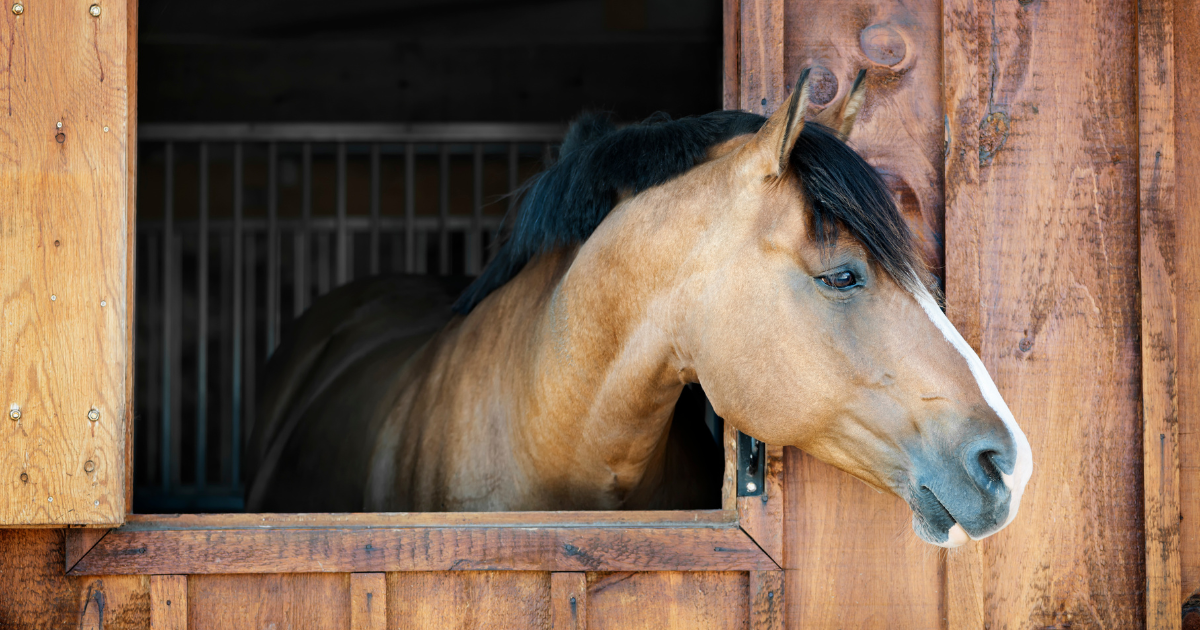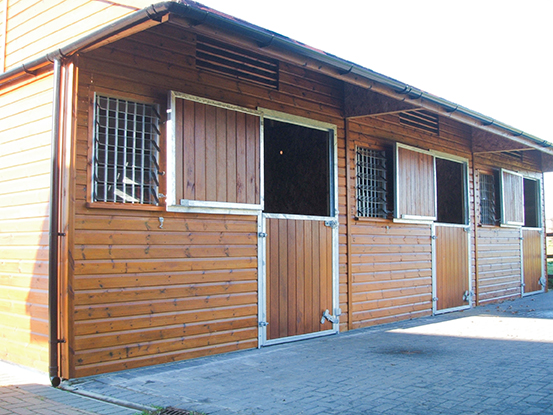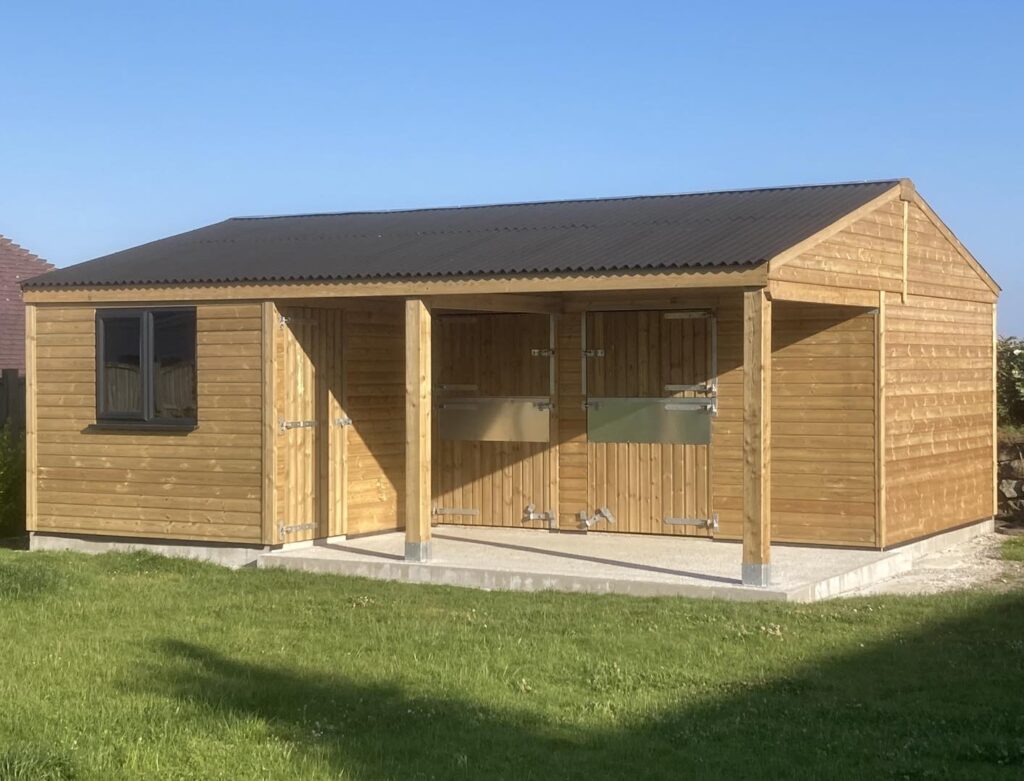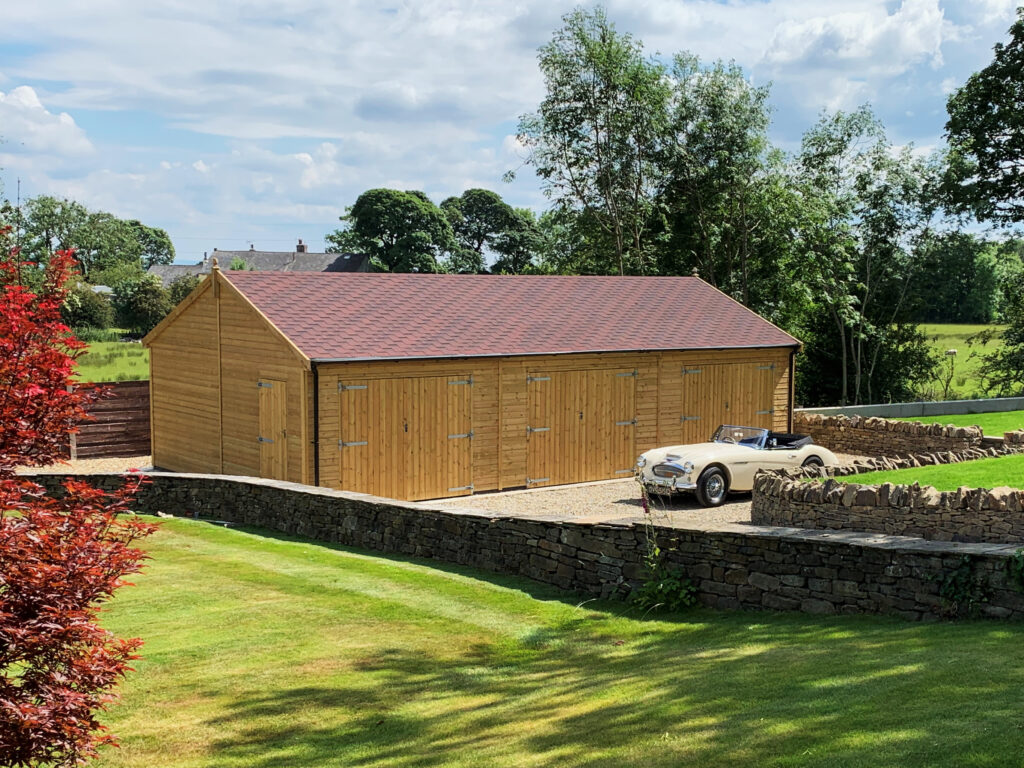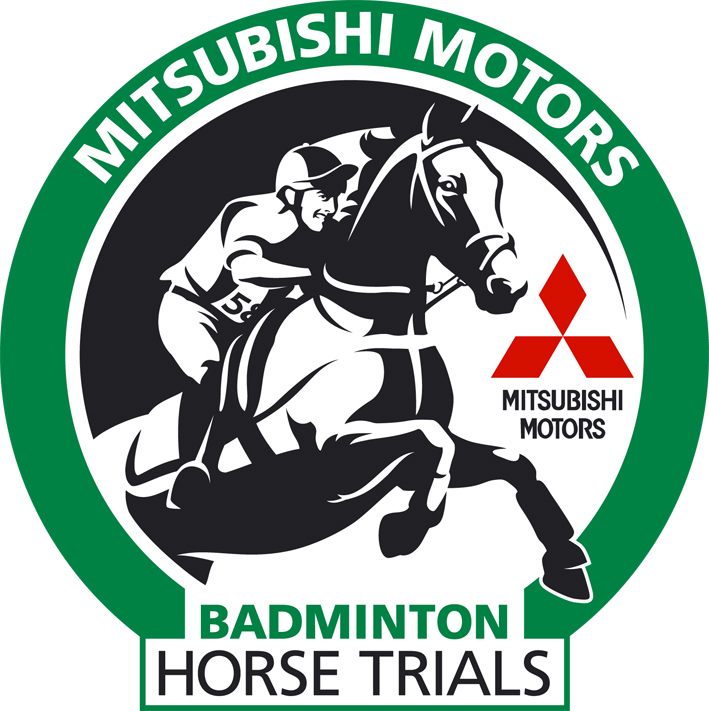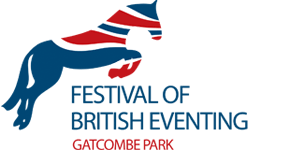When designing horse stables, several factors must be considered to ensure your horses have a safe and comfortable living space.
It’s evident that horses need nutritious food and water to live healthy, safe, and comfortably, but having suitable housing and shelter is equally essential. This article will explore different aspects of designing your horse stables, including how you can determine the size of the stable, flooring, doors, lighting, ventilation, and more!
Design for your horses
Stables must be comfortable spaces where your furry friend can rest, eat, and feel safe. It is crucial to have a spacious room where they can move around and socialise with each other. Therefore, during the design phase, you must consider factors such as:
· How many horses do you own, and what are their sizes?
· Their health conditions (such as if a horse is unwell, they may need to be kept separate from other horses or are any of your mares pregnant, or maybe there are new foals that need special care).
In addition, consider other parts of the building you may need, such as tack rooms, food storage space, or extra space for feeding, grooming or examining your horses. Based on this information, you can carefully measure and plan out your stable’s exterior and interior design.
High-quality door
The stable doors must be of a suitable size for both you and your horses to pass through safely. Make sure to install them correctly and that the doors can be locked securely to prevent horses from escaping. Horses are known to find sharp objects and accidentally hurt themselves, so it’s vital that you choose latches and handles with rounded edges.
There are also several stable doors available such as sliding or swinging doors or doors with half-top opens, fully boarded tops or half-top grilled doors. The one you choose to install should be based on your preference and your horses’ habits.
Suitable flooring
The floors you choose for your horse should be reasonably even, non-slip and designed to give good drainage!
Concrete is the most common flooring used for horse stables, but unfortunately, these options do not drain well, meaning that you will need to install drains beforehand. They can also be bad for horses’ hoof health as they can be cold and hard to stand on for an extended period of time, so our crucial tip is to invest in extra shavings or rubber mats.
A better option is to opt for wood flooring, which can be less slippery, easy on your horses’ legs and requires less maintenance.
Stable flooring options:
- Soil – inexpensive and healthy option for your horse but may require daily upkeep and replacement over time.
- Sand – easy for horse’s legs, non-slip, and drains well.
- Clay-based soil – may require a lot of maintenance due to it being slippery and sticky when damp.
- Wood – It’s warm, non-slip when dry and requires little maintenance overall.
- Concrete – Durable and easy to clean, but it can be very slippery, cold and damp, which may drastically affect your horses’ health.
Adequate Ventilation
Good ventilation is essential in any horse stable, as poor air circulations can spread diseases and bacteria, causing horses to develop respiratory and other health problems.
Wooden horse stables need vents or windows from which fresh air can enter, complemented by sufficient outlets where the stale air can escape. For maximum efficiency, these should be close to the roof to allow the air to enter the stables and then rise to exit once it becomes warmer.
Lighting
Natural lighting (from windows or top door openings) or electrical lighting can work to your benefit when cleaning the stables or examining your horse for any injuries, especially during the colder seasons when we have darker and damp days.
When installing electrical lighting, ensure you carefully position them and that they have safety covers so that your horses cannot reach light bulbs and wires, and at the same time, the switches are easy for you to each.
Avoid halogen and incandescent lighting as they generate a lot of heat and can be a fire hazard. A better solution is a LED light as they work well all year round and is energy efficient.
A well-designed and built stable doesn’t only keep your horses safe and comfortable but also guarantees quality and longevity. We always encourage seeking professional advice to ensure that your design fits the purpose. Regular maintenance is just as crucial, so make a habit of cleaning the building regularly, checking for damages, and fixing them promptly.
Are you building your horse stables for the first time? Or looking to maintain, fix or improve the one you already own? You’re in the right place!
At Jon William Stables, we take pride in our buildings and the services we provide. Alongside delivering a high-quality building, we guarantee tailored and unrivalled customer service from our friendly and experienced team members! Please fill out our enquiry form or call us at 01380 850965 to find out more!
